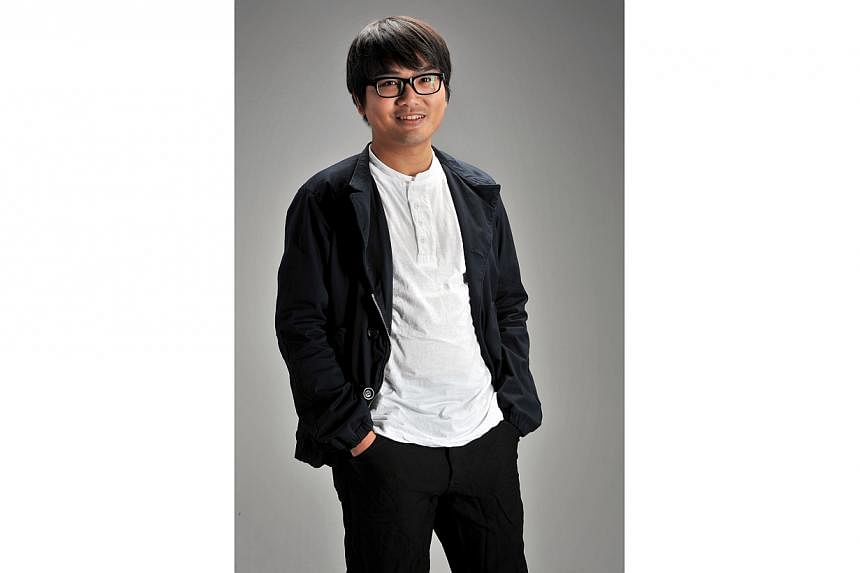John Lasseter, the writer-director behind hit animated features Toy Story (1995), A Bug's Life (1998) and Toy Story 2 (1999), paid tribute to Japanese animation legend Hayao Miyazaki, an artist whom Lasseter says he says had "profound" influence on his own life and work.
In an hour-long talk held as part of the ongoing 27th Tokyo Film Festival, which ends on Friday (Oct 31), Lasseter, chief creative officer at Walt Disney Animation Studios, Pixar and DisneyToons Studios, spoke of how Miyazaki's features such as My Neighbour Totoro (1988) and The Castle Of Cagliostro (1979) continue to inspire him. Miyazaki's belief that animation can be enjoyed by all ages is one that he shares with his colleagues, he said.
Lasseter, walked the red carpet last Thursday as executive producer for the new Disney animated movie Big Hero 6, said that by the time he graduated from the California Institute for the Arts (CalArts) 1979 and went to work for Disney, he was disappointed to discover that cartoons had stopped being all-ages entertainment.
"The industry in Hollywood that was making animation thought that animation was just for kids. But that is not how those animated films were originally made. But once animation moved to televison and it was shown only on Saturday mornings and after school - kids' hours - there was a fundamental change in whom they thought animation was for. I was disappointed," he said.
Then, in 1981, while at Disney, he was introduced to a group of visiting Japanese animators. Among them was Miyazaki, who showed Lasseter a clip of The Castle Of Cagliostro. The young American was "absolutely blown away".
Lasseter illustrated his talk with a car-chase clip from the film, Miyazaki's first as feature-length writer-director, and with a famed bus stop clip from Totoro, in which the Cat Bus appears. He praised both for their wildly imaginative renderings, economy of illustration and deep emotional impact.
From that first meeting would grow a deep bond, both personal and collaborative. Lasseter would become Miyazaki's English-language creative consultant, starting with Porco Rosso (1992), because he wanted to make sure that the English-language overdubs were as rich and nuanced as the Japanese version.
At Pixar, whenever his teams felt creatively stuck, they watch works from Miyazaki's Studio Ghibli for inspiration. A castle rescue scene in Laputa: Castle In The Sky (1986) inspired a rescue scene in A Bug's Life (1998).
Elsewhere at the festival, Singaporean film-maker Liao Jiekai paid tribute to another Japanese auteur, Yasujiro Ozu. His first encounter with Ozu was at his university, The School Of The Art Institute Of Chicago, where he came to admire Ozu's family-centred, humanistic films such as Tokyo Story (1953) and Late Spring (1949).
"Ozu can depict humanity in its entirety with a domestic drama," says Liao, 29, whose new feature As You Were screened on Monday in the festival's Asian Future section.
In 2012, Liao, who works closely with Singapore's 13 Little Pictures collective, made a pilgramage of sorts to Ozu's grave in the neighbourhood of Kita-Kamakura.
"What people do is offer him sake. You buy a bottle from a convenience store, and open it and leave it there on his grave. There're always fresh bottles there. It's become a shrine," says Liao, who is now carrying out an art residency at the Aomori Contemporary Art Centre.
In As You Were, an impressionistic sketch of a pair of lovers as they grow up, a trace of Ozu can be found in the way shots are framed. Referring to Ozu's preference for "tatami-level" low-angle shots, rather than shooting at the traditional eye level, Liao says: "In As You were, you will see low-angle shots, during the childhood scenes. Not as low as Ozu's, because we sit in chairs, not tatami mats, but quite low."



